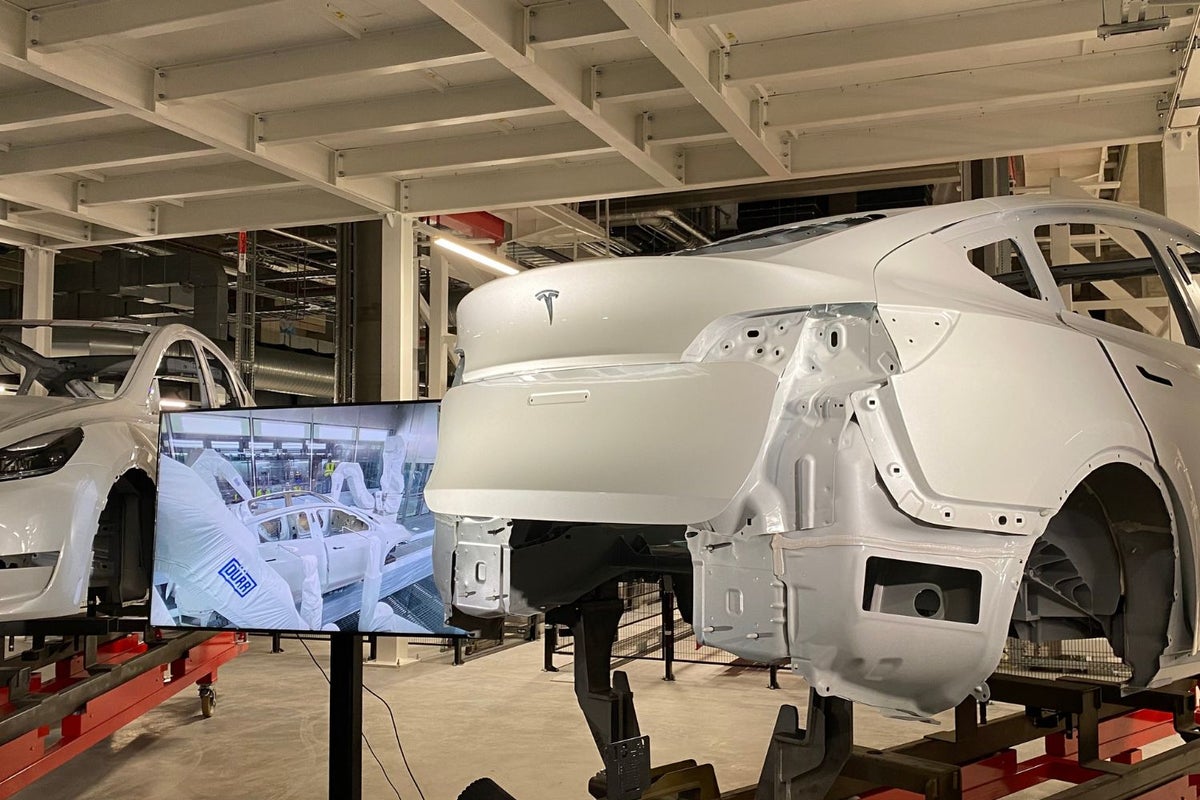One of Tesla, Inc’s TSLA newest Gigafactories has achieved a key milestone, drawing praise from none other than the company’s CEO Elon Musk.
What Happened: Tesla’s Berlin Gigafactory has achieved a weekly production capacity of 5,000 vehicles, the company’s official Twitter handle tweeted on Saturday. Weekly production capacity is a measurement that Tesla looks at when preparing a new factory for volume production.
The ramp-up to 5,000 vehicles per week comes a year after the company’ plant delivered the first vehicles to customers.
At the end of last year, weekly production capacity of Model Y vehicles at the factory hit 3,000. By late February, the company said weekly production had increased to 4,000 units.
In response to Tesla’s tweet about the latest milestone, Musk replied, “Big congratulations to the Tesla Germany team.”
Why It’s Important: Tesla had previously relied on supplying its made-in-China vehicles to customers in Europe. Localizing its manufacturing in Germany has since provided some cost advantages along with other benefits. The Berlin Gigafactory has been particularly critical to Tesla’s operations in recent months, given that production at the company’s Giga Shanghai was disrupted in 2022 due to the pandemic and China’s former zero-tolerance policy.
Earlier this month, a German media report noted that Tesla had submitted an initial application to Germany’s environmental agency to expand its Giga Berlin and double the plant’s annual production capacity to 1 million units.
Tesla closed Friday’s session down 0.94% to $190.41, according to Benzinga Pro data.
Check out more of Benzinga’s Future Of Mobility coverage by following this link.
Photo: Shutterstock
Image and article originally from www.benzinga.com. Read the original article here.

